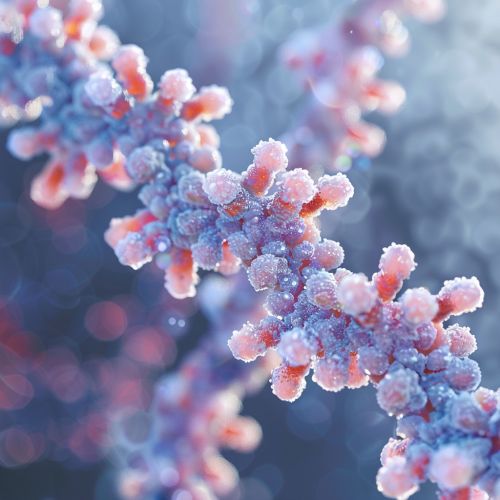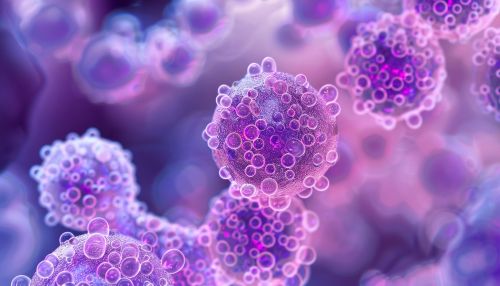Lactoferrin
Overview
Lactoferrin is a multifunctional protein of the transferrin family. It is a globular glycoprotein with a molecular mass of about 80 kDa that is widely represented in various secretory fluids, such as milk, saliva, tears, and nasal secretions. Lactoferrin is also present in secondary granules of neutrophils and is secreted by some acinar cells. Lactoferrin can be purified from milk or produced recombinantly. Human colostrum ("first milk") has the highest concentration, followed by human milk, then cow milk.


Structure
Lactoferrin is a single-chain polypeptide of about 700 amino acids. Its structure is divided into two similar lobes, each consisting of two domains: N1 and N2, C1 and C2. Each lobe of lactoferrin can bind one Fe3+ ion in conjunction with a carbonate anion, in a cleft between the N and C domains.
Function
Lactoferrin has many physiological functions to ensure the body operates healthily. These include regulation of iron absorption in the bowel and delivery of iron to cells. It also exhibits antibacterial, antiviral, antifungal, anti-inflammatory, and anticarcinogenic activities.
Clinical significance
Due to its antimicrobial activity, lactoferrin is used as an adjunct in the treatment of various diseases. It has potential therapeutic applications in cancer, HIV, cytomegalovirus, herpes simplex, chronic hepatitis C and B. Lactoferrin is used in oral hygiene products and cosmetics due to its antimicrobial effect.
Research
Lactoferrin research is a significant field in medicine and biology. The protein's ability to bind iron and its immunomodulatory and anti-inflammatory effects are of particular interest. Studies have shown that lactoferrin plays a crucial role in the immune response and inflammation, and it is being investigated for use in treating inflammatory diseases.
